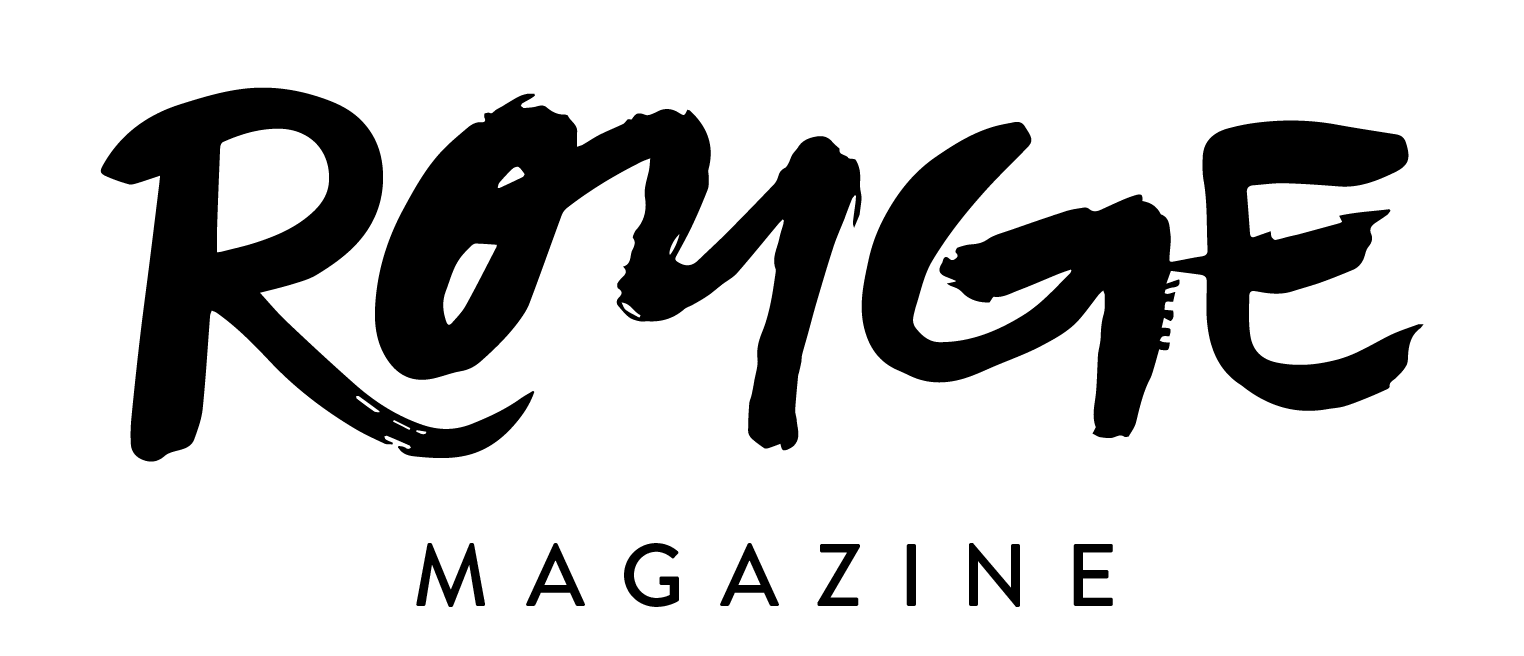Overconsumption is SO Last Season
Scrolling through your favorite social media platforms can feel like navigating a sea of advertisements. Whether it is a new sunscreen popping up on Instagram, a Shein clothing haul on TikTok, or a sponsored ad for the latest trendy items, there is always something vying for your attention. Welcome to the digital age, where companies have mastered the art of reaching their target audience in the ever-evolving world of social media. With the rise of platforms like Instagram, TikTok, and YouTube, companies have had to adapt their marketing strategies to cater to their digital-savvy audience.
Photo/tribegroup
Partnerships and campaigns have relied heavily on influencers. Leveraging influencers has become a cornerstone of modern marketing strategies, allowing companies to tap into niche communities and engage with their target audience in a more authentic and relatable way. Influencers, with their carefully curated online personas and dedicated follower base, offer companies a direct line to consumers who trust and value their opinions. Whether it is a beauty guru showcasing the latest skincare products, a fashion influencer flaunting trendy outfits from a favorite brand, or a fitness enthusiast promoting a new line of activewear, influencers have the power to sway purchasing decisions and drive sales like never before.
The question is: When do our consumption habits veer into overdrive? When do we reach the point of excess? There is a fine line between indulging our passions and becoming consumed by consumerism. Consider this scenario: As you scroll on TikTok, you come across a video of someone with a wall of Stanley cups. You think to yourself, "Why?" Or perhaps it is the sight of a massive trendy clothing haul gathering dust in the back of the closet because, as we know, trends come and go faster than we can keep up.
Photo/@carolinekyung
At what point do we hit the brakes and reassess our shopping habits? It is easy to get caught up in the thrill of the chase, constantly seeking the next big thing to add to our collection. But in our quest for the latest and greatest, are we losing sight of what truly matters?
There is no denying the allure of consumer culture, especially in today's hyper-connected world, where trends spread like wildfire across social media. But it is essential to take a step back and evaluate whether our purchases add genuine value to our lives or simply feed into a cycle of excess.
So, where do we draw the line? It is a personal decision influenced by factors such as budget, values, and environmental impact. Maybe it is setting a limit on impulse buys or prioritizing quality over quantity. Or perhaps we should embrace a more mindful approach to consumption, focusing on items that bring joy and meaning rather than fleeting trends.
Ultimately, it is about finding balance – indulging our love for fashion and self-expression without constantly succumbing to the pressure to consume. By being more actively mindful of our shopping habits and questioning the motives behind our purchases, we can strike a healthier balance and cultivate a more sustainable relationship with consumption. After all, true style is not measured by the size of our wardrobe or the latest trends we follow, but by the confidence and authenticity, we bring to everything we wear.


